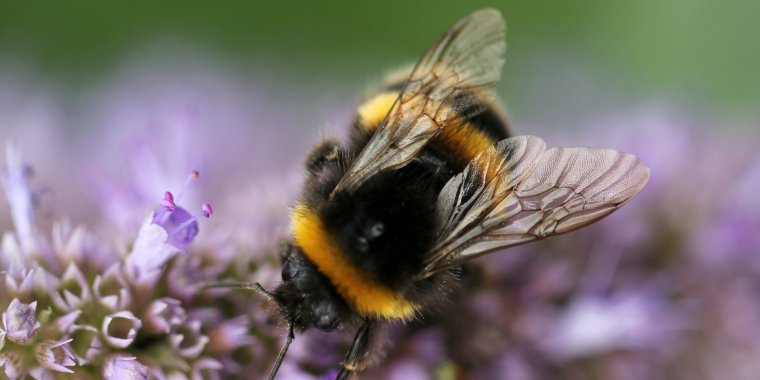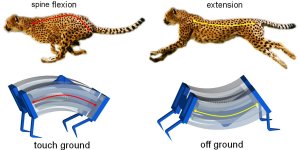| News / Science News |
Bees Trick Plants into Flowering Early by Biting Them
Scientists have discovered that bumblebees can cause plants to flower as much as 30 days ahead of schedule by biting their leaves.

Bumblebee. Photo: Sandy Millar/Unsplash
Bumblebees need pollen from flowers to survive. But increasingly, the creatures are waking up earlier in the year when flowers have not yet bloomed due to the climate crisis.
According to research, bees have developed a way to force plants to flower faster, providing yet more proof that bees are smart and resilient.
The scientists found that bumblebees nibble on the leaves of plants which haven’t yet bloomed, which results in punctures that lead the plants to flower 30 days sooner on average.
The team of Swiss researchers first noticed this behavior in their lab. While they were conducting an unrelated experiment, they saw bees biting off bits of plants without a clear reason why.
To learn more, the scientists placed hungry bumblebees into mesh cages full of unflowered tomato and mustard plants. Before long, they found the bees using their mandibles to pierce the plants.
The team also tried to replicate the bees’ moves by taking razor blades to the plants’ leaves.
The experiment found that all of the punctured plants bloomed more quickly, but the ones the bees damaged produced flowers weeks earlier than the ones the scientists cut. For tomato plants, it was 30 days while mustard plants damaged by the bees saw flowers bloom 14 days earlier.
This suggests that either a chemical in the bees saliva speeds the flowering process, “or our manual imitation of the damage wasn’t accurate enough,” Consuelo De Moraes, a study co-author a professor at the university ETH Zürich and study author, said in a statement.
To investigate whether or not these findings held true in the wild where plants are more spread apart and scarce, the team also conducted an experiment in outdoor bumblebee colonies.
Sure enough, the bees exhibited the same behavior, especially when fewer flowers were in bloom around them. And it wasn’t just captive-bred bees from the lab which punctured plant leaves. The scientists observed two species of wild bumblebees doing it, too.
The study suggests that the bees developed the behavior to acclimate to conditions when pollen isn’t around. That’s good news, and not just for the creatures themselves.
Because bees pollinate plants and help them grow, many species depend on them for food. That includes us. About a third of the food humans eat every day relies on pollination, mainly by bees.
“An encouraging interpretation of the new findings is that behavioral adaptations of flower-visitors can provide pollination systems with more plasticity and resilience to cope with climate change than hitherto suspected,” Lars Chittka, a study co-author and professor at Queen Mary University of London, wrote.
How much this coping mechanism will help bees survive climate chaos, though, is an open question.
A February report found that due to changes in the climate, bumblebee populations’ chance of survival in any given place declined by an average of over 30 percent over the course of just one human generation. (Tasnim News Agency)
YOU MAY ALSO LIKE





